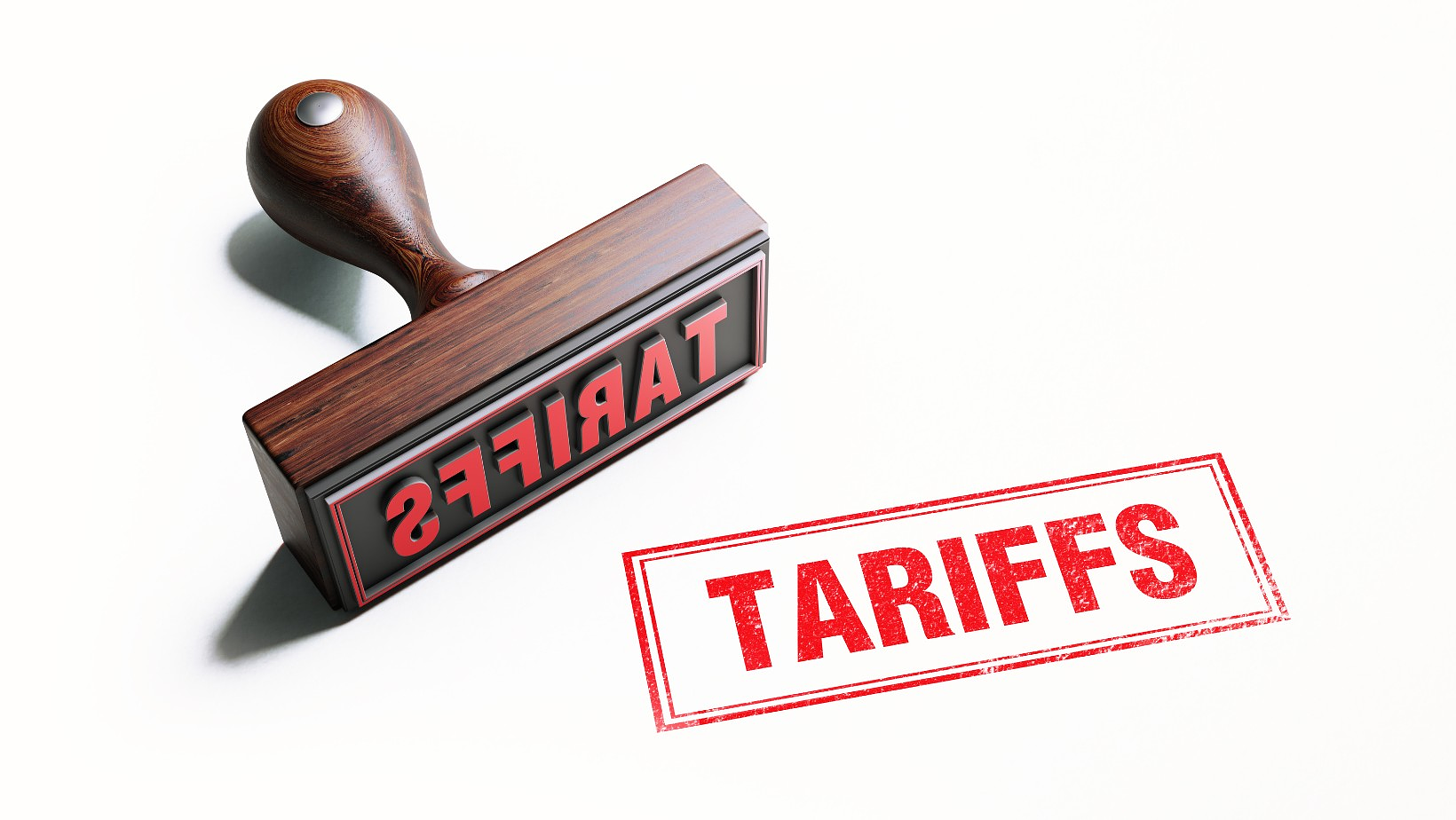Rising Metal Costs: A Smart Response for Manufacturers
In early 2025, the U.S. government reinstated a 25% tariff on steel imports and raised tariffs on aluminum imports to 25%. Unlike previous years, these tariffs were reintroduced without exceptions for allied countries. While the intent is to protect domestic metal producers, tariffs ultimately function like a tax, increasing prices for manufacturers and consumers alike.
As the Mises Institute noted, "Tariffs make products more expensive and lower quality." The effect has been immediate for U.S. manufacturers: rising costs, tighter margins, and supply chain disruption.
Material Price Spikes and Shortages
History shows what happens when tariffs hit metals. After the 2018 tariffs, U.S. steel prices rose by 5% and aluminum by 10% within a month. The 2025 tariffs are even broader, covering not just raw materials but many finished metal products. Roughly 25% of steel and 50% of aluminum used in the U.S. are normally imported. Adding a 25% duty to these imports instantly inflates material costs across the board.
Manufacturers are turning to domestic steel sources to avoid the tariffs, but demand is overwhelming current capacity. U.S. mills are struggling to keep up, leading to material shortages, longer lead times, and further price increases. Even scrap metal prices are rising as companies seek alternative supplies. Shortages in specialty grades and certain forms of steel are especially acute, creating uncertainty in production planning.
Domestic Steel Production Rises but Not Fast Enough
One goal of the tariffs is to boost domestic steel and aluminum output. There has been some success: after earlier tariff rounds, U.S. steel production rose by about 6 million metric tons. However, expanding capacity takes time, and the steel industry was operating below 80% capacity utilization when the 2025 tariffs hit. Now, mills face sudden, overwhelming demand that cannot be instantly met.
The disappearance of tariff exemptions for Canada and Mexico further tightened supply. Domestic suppliers are raising prices and prioritizing existing contracts, forcing manufacturers to absorb increased costs or delay production schedules.

Rising Equipment and Production Costs
The effects of higher metal prices extend beyond raw materials. Industrial equipment itself, such as cut-to-length lines, slitting lines, and roll formers, often contains a significant amount of steel or aluminum. Tariffs raise the price of these machines, too.
During the 2018 trade dispute, the Association of Equipment Manufacturers estimated that domestic equipment production costs jumped by 78%. Even equipment labeled "Made in USA" often uses imported steel or components, meaning manufacturers today face a double challenge: higher costs for both raw materials and the machinery needed for fabrication.
Estimates suggest that the cumulative effect of tariffs could raise overall machinery prices by nearly 18% in the short run. New equipment orders are already reflecting these higher input costs.
The Case for Pre-Owned Equipment
To manage these rising costs and supply uncertainties, many manufacturers are turning to pre-owned machinery.
With tight budgets and urgent production needs, pre-owned equipment is providing a practical path forward for many manufacturers.
Investing in quality used equipment, especially for metal processing operations, offers several major advantages, including:
- Significant cost savings: Pre-owned machines typically cost far less than new ones, helping manufacturers preserve capital in a high-cost environment.
- Immediate availability: Many used machines are in stock and ready to ship, avoiding long lead times associated with new equipment orders.
- Avoiding new equipment tariffs: Purchasing domestic, pre-owned machinery can sidestep tariffs on imported new equipment and parts, keeping acquisition costs down.
- Proven reliability: Established machines such as cut-to-length lines and slitting lines are built to last and often come refurbished, inspected, and ready to perform.
Benefits of Buying Pre-Owned Cut-to-Length Lines, Slitting Lines, and Roll Formers
Beyond basic cost savings, pre-owned metal processing equipment offers operational flexibility. For example, a cut-to-length line enables manufacturers to purchase bulk coils and cut sheet to size in-house, reducing dependence on third-party processors. A roll former can produce custom profiles on-site, supporting quick turnaround times and better inventory control.
Because pre-owned equipment can be installed and running quickly, manufacturers can respond to market opportunities faster than competitors stuck waiting months for new machinery. In a volatile environment where tariffs and trade policies can shift again with little notice, pre-owned assets offer a way to scale operations with less long-term risk.
Smart Planning in a Challenging Market
At VX LLC, we understand how the return of steel and aluminum tariffs in 2025 is reshaping the U.S. manufacturing landscape. Rising material costs, tighter supply chains, and increasing new equipment prices are putting significant pressure on manufacturers nationwide.
In this environment, smart companies are adapting by investing in reliable, pre-owned machinery. Choosing high-quality used equipment allows manufacturers to control production costs, maintain output levels, and protect margins; without the long lead times and inflated costs of buying new.
Pre-owned cut-to-length lines, slitting lines, and roll forming machines offer a proven, immediate solution to stay competitive. With lower acquisition costs and trusted performance, pre-owned equipment provides a strategic advantage when it matters most.
Ready to strengthen your operation while saving on costs? View our inventory of pre-owned industrial equipment, ready for immediate delivery. Give us a call or send us a message if you need immediate assistance!


